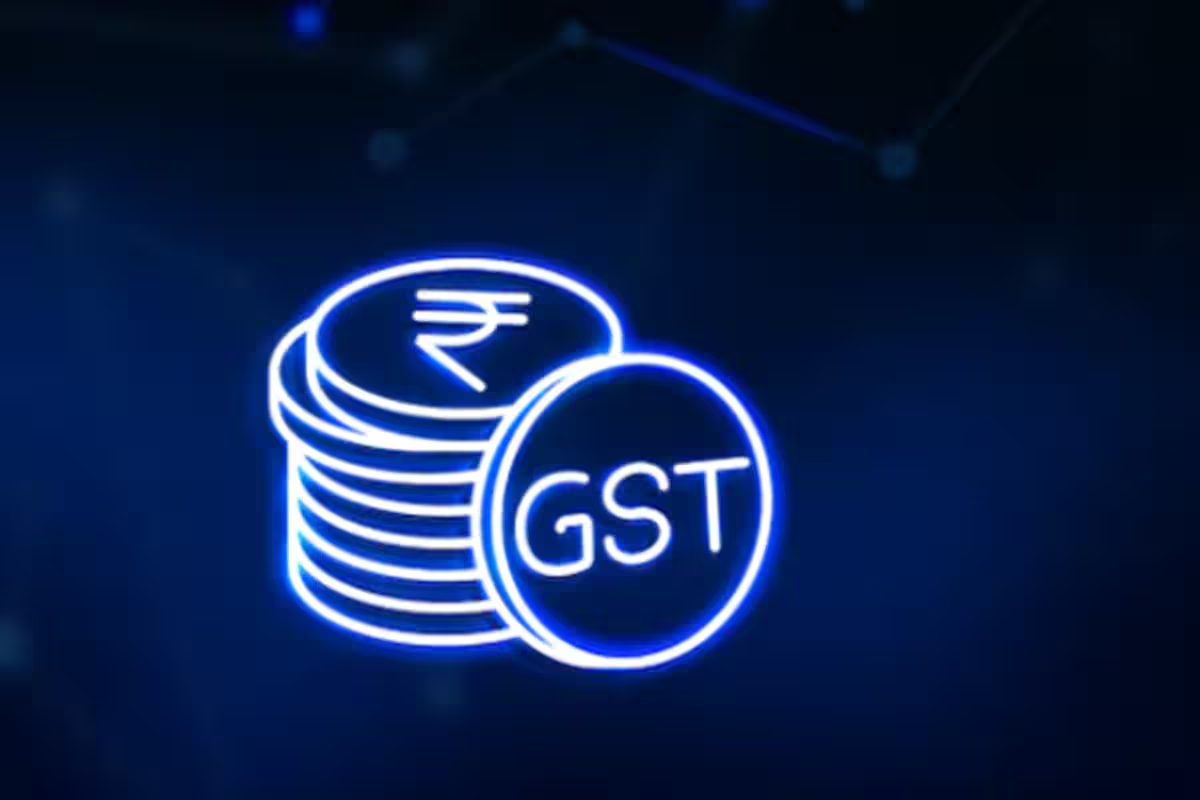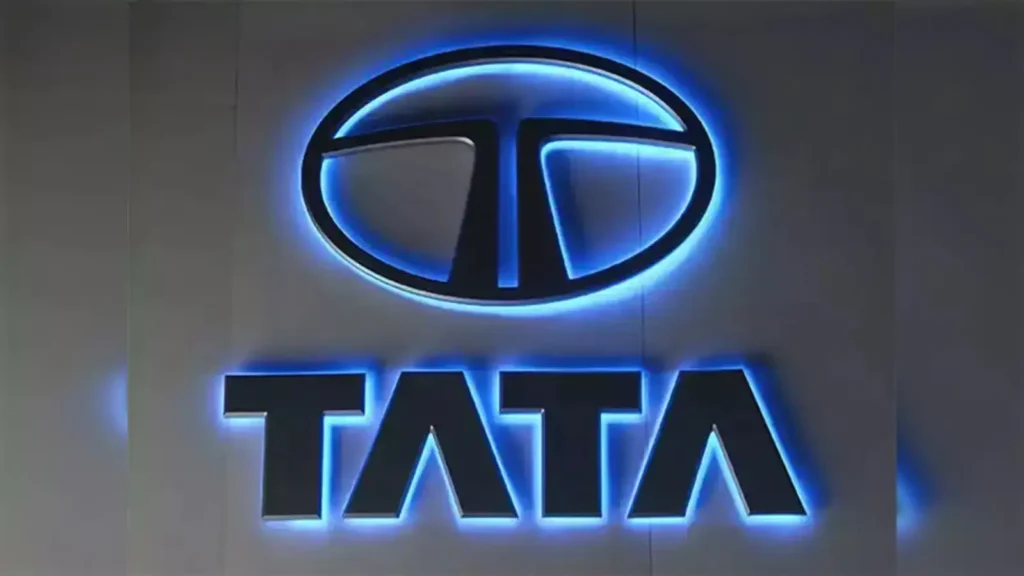Now Reading: June GST Changes: What Small Business Owners in Tier-2 Cities Need to Know
-
01
June GST Changes: What Small Business Owners in Tier-2 Cities Need to Know
June GST Changes: What Small Business Owners in Tier-2 Cities Need to Know

With the start of a new financial quarter, the government has introduced fresh changes in the Goods and Services Tax (GST) regime effective June 1. While aimed at simplifying compliance and boosting transparency, these revisions carry direct implications for small and medium business owners—especially in India’s Tier-2 and Tier-3 cities. From rate adjustments to new filing guidelines, here’s a breakdown of what local entrepreneurs should watch out for this month.
Key Rate Adjustments and Product Impact
Several GST rate revisions have been announced on items commonly traded by small businesses. Some essential daily-use items now attract revised rates, including small kitchen appliances, battery-operated goods, and packaged foods.
For example, certain unbranded packaged items, which earlier attracted 5% GST, are now under stricter invoicing rules to prevent tax evasion. Retailers in cities like Nagpur, Indore, and Kanpur must stay updated to avoid penalties.
E-Invoicing Threshold Lowered
A major change is the reduction of the e-invoicing threshold from ₹10 crore to ₹5 crore in annual turnover. This brings more MSMEs (Micro, Small and Medium Enterprises) into the ambit of digital compliance.
Businesses in cities such as Coimbatore, Surat, and Bhopal—where many operate just above the ₹5 crore mark—must now generate GST-compliant e-invoices for B2B transactions. This move is aimed at improving accountability, but for first-timers, it may mean a learning curve and extra training.
Composition Scheme Clarifications
The GST Council has also clarified certain provisions for businesses under the Composition Scheme. Retailers and service providers paying tax at a flat rate must now maintain clearer digital records and display GSTIN details at business premises.
This impacts general stores, kirana outlets, and small eateries across Tier-2 cities. While the flat-rate tax continues to be a relief, the administrative requirements are gradually tightening.
Input Tax Credit Rules Tighten
Rules for claiming Input Tax Credit (ITC) have been further rationalized. Now, ITC can only be claimed on invoices uploaded by suppliers who have filed their GSTR-1 on time.
This makes it essential for businesses to work with GST-compliant vendors. Traders in semi-urban zones must be more vigilant, as late filings by suppliers can directly affect their claim eligibility.
Increased Penalty for Non-Compliance
Penalties for late filing and non-compliance have been hiked, with focus on improving tax discipline in smaller towns and districts. The government has also rolled out awareness programs in regional languages through local chambers of commerce.
For business owners in regions like Nashik, Jabalpur, or Bhubaneswar, being proactive about GST filings is more important than ever to avoid financial setbacks.
Conclusion: Stay Informed, Stay Compliant
The June GST updates are part of a broader strategy to formalize India’s business ecosystem while promoting digital tax practices. For small business owners in Tier-2 cities, adapting to these changes might require short-term effort—but it promises long-term benefits in terms of smoother operations and better financial management.
With government portals offering real-time updates and regional help desks improving support, staying compliant is within reach—if businesses make timely adjustments and seek the right guidance.
























